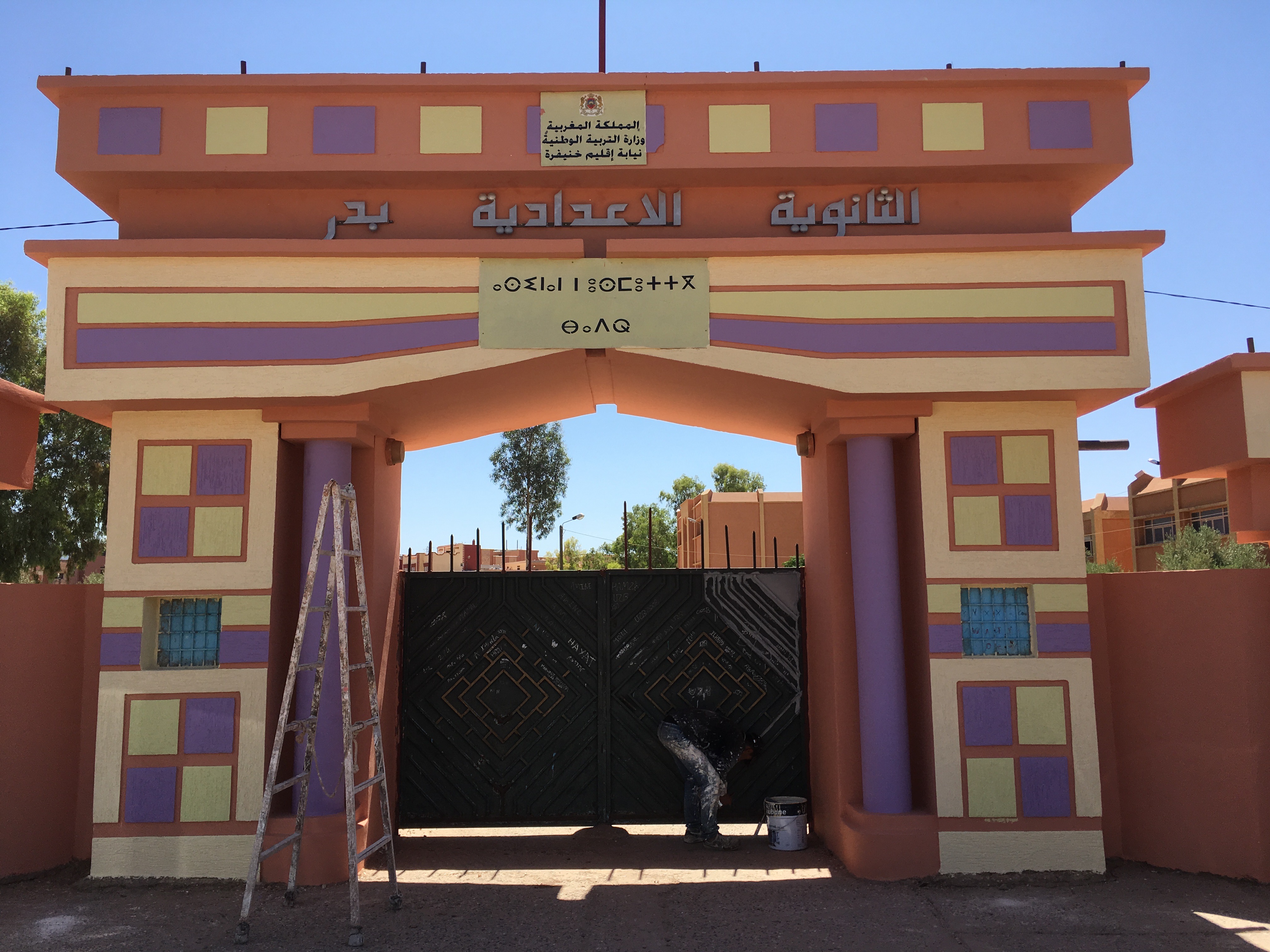
Morocco has doubled down on multilingualism to prop up an education system widely seen as inferior to that of past generations. The government sees a workforce fluent in English, French, and Standard Arabic as critical to its competitiveness and curbing high rates of unemployment. Yet Morocco already is a multilingual country in a different way, home to a rich colloquial Arabic and three dialects of Tamazight (Berber). How compatible are these two visions of multilingualism? Reporting from provincial Morocco looks into the challenges and prospects of Morocco’s new focus on language education.
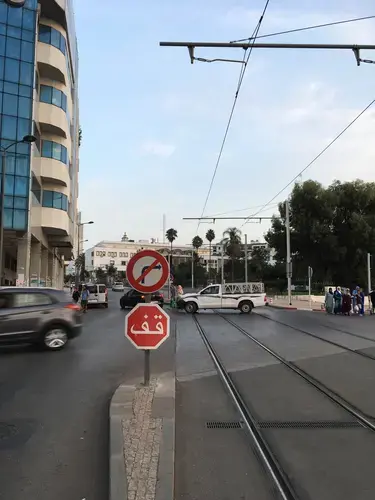
An “Arabized” stop sign in Rabat, Morocco’s capital. Since independence from France in 1956, Morocco has pursued a policy of gradually “Arabizing” education and administration and replacing the use of the French language. The government is reversing some of these policies in secondary education, especially in the teaching of math, sciences and professional courses.
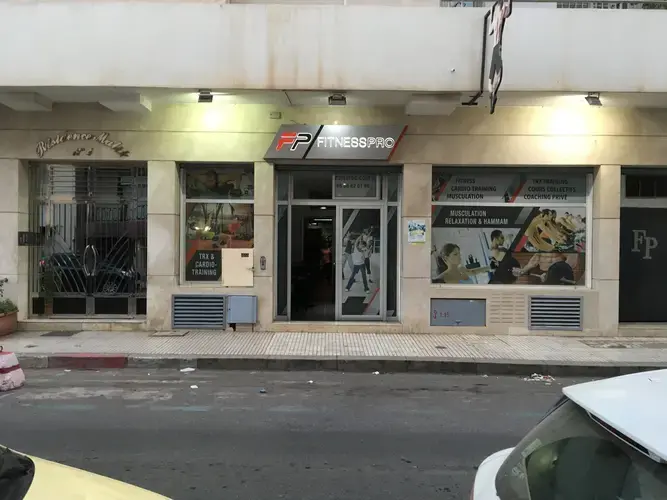
A high-end gym in Rabat with signs in French. Morocco’s new language education policies are an official recognition of an obvious reality for many: The private sector labor market operates primarily in French. Arabization is perceived to have disadvantaged public school students in this market and resulted in graduates with weaker foreign language skills.
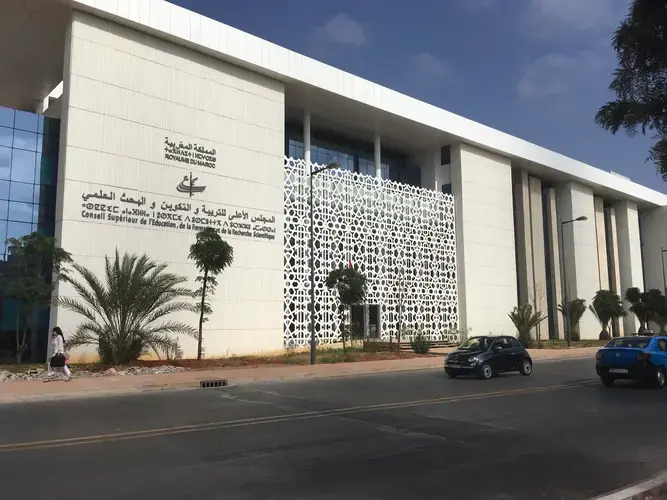
Elegant new headquarters of Morocco’s High Council for Education, Training, and Scientific Research. Recently, education has been one of the domains in which the Moroccan monarchy has asserted its authority to set the agenda, calling the sector too sensitive for electoral politics. This technocratic body commissioned by King Mohammed VI is behind the overall vision for strengthening the role of foreign languages within education.
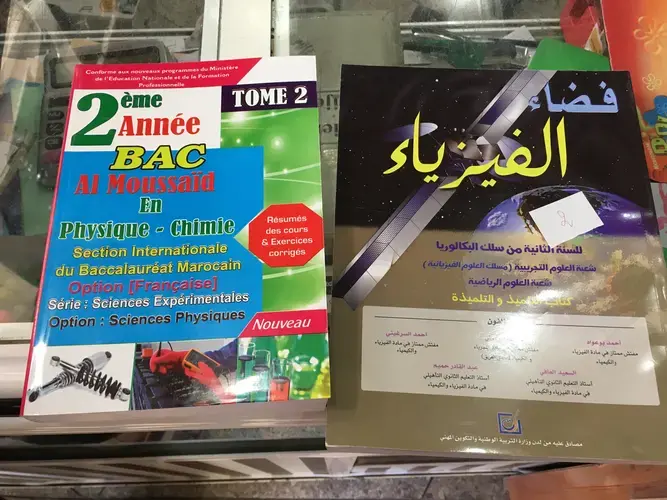
French and Arabic versions of the secondary physics textbook. One of the priority steps taken by the Ministry of Education has been to rapidly expand a pilot project called “International Baccalaureate” (no relation to the international program and test of the same name), in which the government offers French and English versions of the science and math curricula typically taught in Arabic.
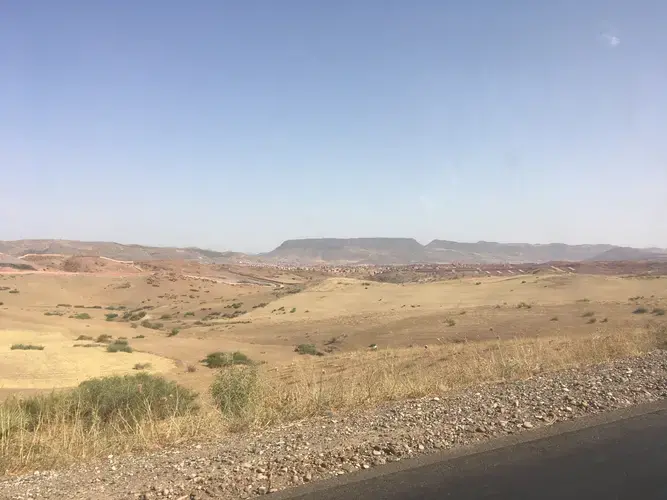
A view of Morocco’s Middle Atlas city of Khenifra. There are different implications for the ministry’s plan for multilingualism in this historically Tamazight-speaking (Berber) region, where everyday use of French is less common than in Morocco’s major metropolises. Programs like the Baccalaureate in French may have less demand as mastery of French tends to be weaker.
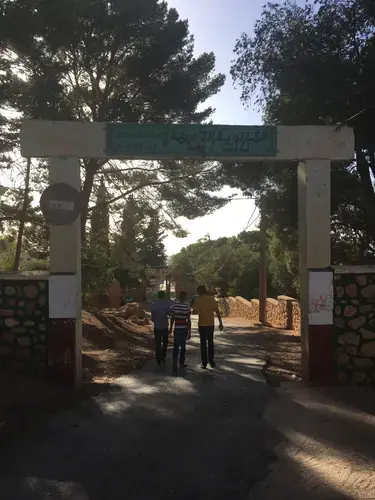
Teachers enter a Khenifra region secondary school. The school’s name is written in both Arabic and Tamazight. Since 2011, the Moroccan government recognized Tamazight – historically banned from state institutions attempting to Arabize—more prominently within signage and curricula. While government’s vision calls for strengthening the role of both Tamazight and foreign languages, Tamazight teaching has remained tokenistic as a French-medium pilot in this school has been considered a success.
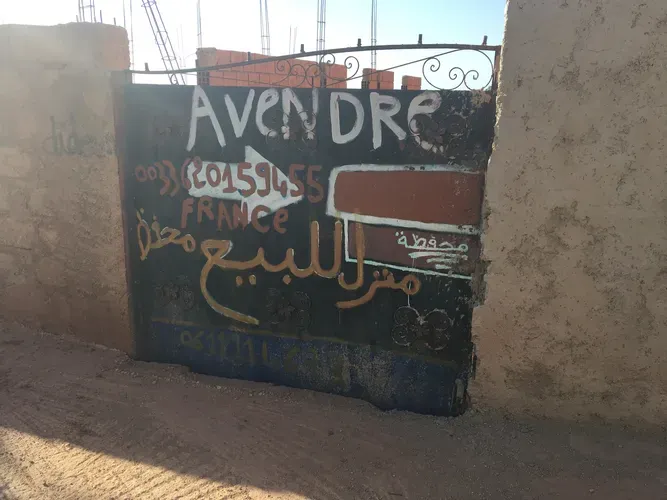
A property for sale in a predominantly Tamazight-speaking community. The sign is written in French and Arabic. Written Tamazight is found exclusively on government buildings, and few in this community can understand the script (Tifinagh).
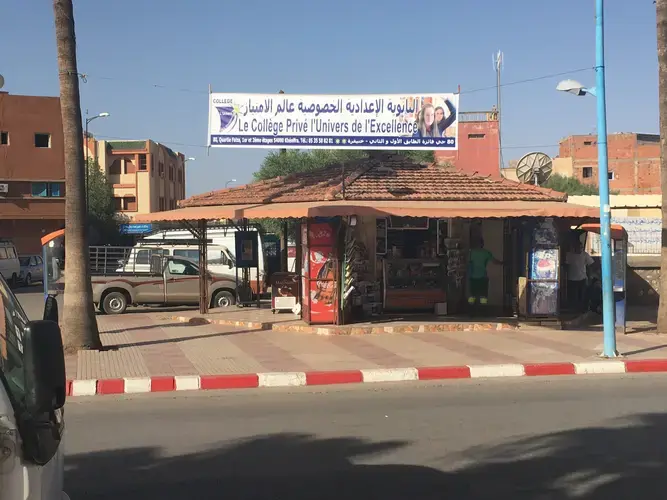
An advertisement for a private middle school. The city of Khenifra has seen an explosion of private elementary and middle schools emphasizing French skills. Hassad is a strong supporter of private schooling, a controversial stance. Strengthening language teaching in public schools is seen in part as a way of keeping up with private schools.
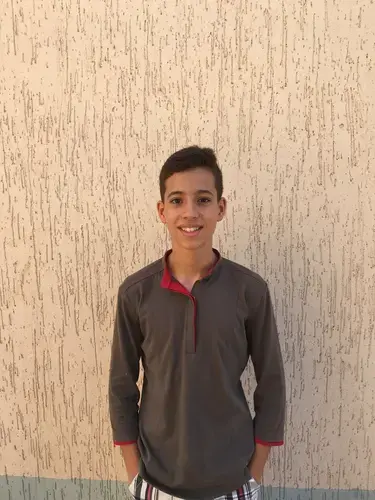
Student Mohamed Khaffou, a Khenifra native, is studying in the International Baccalaureate program. He is a member of a selective group that has had access to the pilot program. In coming years, enrollment is expected to increase considerably. Questions remain about whether the program can be successfully scaled.

The site of a former “free school” in Meknes from 1915 to 1945. Prior to independence these private Arabic-oriented schools emerged as a way for parents to resist French education. The rapidly expanding private school market now serves the opposite purpose, helping children have earlier access to French and avoid “Arabized” school.






